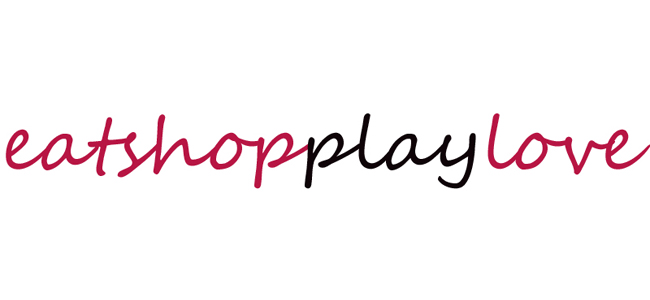
I like words. I like what words can do better than actions can (think: getting out of an unpleasant situation). I like my job that’s about words. Boggle and Scrabble are my favorite childhood games. I like a good message.
I like writing postcards. Postcards are my preferred travel souvenirs. You send a meaningful picture and expound on the place or image while sitting at the local town square or perched on a mountain top. You may ask, “But if you send the postcards, you end up with no souvenirs at all for yourself.” Thankfully, I solve that issue by sending my favorite postcards to Un Ragazzo.
I really like posters.
In the last few years, I’ve found myself drawn to propaganda posters. It all started when I got lost in a busy alley in Hanoi and stumbled upon a colorful store with posters produced by the Vietcong during the Vietnam War era. Inside, I found many fascinating images, including a poster of the face and upper torso of Ho Chi Minh with a peace-loving dove in the background, made entirely from stamps. In a way, the little poster shop became a museum of sorts as I read the accompanying messages meant for the Vietnamese people during the 1960’s. I eventually purchased a colorful poster of a peasant girl hard at work in a garden, captioned as follows, “Do not grow opium plants.”
Put a stamp on Uncle Ho
Vietnam war-era poster: "Do not grow opium plants"
During my last few trips to China, I’ve also sought out posters from the country’s past decades in museums, galleries and shops. I often wonder about the artists behind these posters, their motivation and circumstances. Were they firm believers of the art they were depicting? Or, was propaganda art a lucrative business? Were these given away for free to spread the message? Where were they put up -- around the home, on shop walls or in public places?
Vietcong support in China
In speaking to a museum worker in China, I learnt that, similar to the way religious art was financially backed by churches in ancient Europe, what I coin “red art” was heavily patronized by the authorities. Contrary to my belief that the posters were distributed free of charge to encourage their use every where, they were actually sold by Chinese publishing houses to the general public, who would buy them during special occasions and festivities to decorate their homes, since entertainment such as television was not yet commonplace at the time.
Earlier this year, I chanced upon a beautifully preserved poster depicting a ballet scene from the Red Detachment of Women (红色娘子军), which originated as a pre-Cultural Revolution-era play about the women of Hainan Island who resisted the nationalists destroying the communist based on the island. Foreigners who know this ballet will recall it as the ballet performed for President Richard Nixon during his 1972 visit to China.
I was struck by the poignant memory the poster scene evoked, and felt I had to buy it. The plan is to frame and hang it in my wrought-iron, military-themed bedroom. I’m actually curious about the reception it’d get from visiting friends and family.
Earlier this year, I chanced upon a beautifully preserved poster depicting a ballet scene from the Red Detachment of Women (红色娘子军), which originated as a pre-Cultural Revolution-era play about the women of Hainan Island who resisted the nationalists destroying the communist based on the island. Foreigners who know this ballet will recall it as the ballet performed for President Richard Nixon during his 1972 visit to China.
I was struck by the poignant memory the poster scene evoked, and felt I had to buy it. The plan is to frame and hang it in my wrought-iron, military-themed bedroom. I’m actually curious about the reception it’d get from visiting friends and family.
An original 1970 poster of the ballet, Red Detachment of Women. Once revered, then despised. Now, a showpiece in my bedroom
Click on the image above to watch an excerpt from the Red Detachment of Women
The magic of red
Lest anyone thinks that I’m implying propaganda is solely the work of communist governments, the first propaganda poster I own actually came from the U.S. Food Administration -- the predecessor of the U.S. Food and Drug Administration (FDA) -- encouraging prudence in food consumption during World War I, and a French newspaper promoting readership.


A WWI message by the U.S. Food Administration
For those who grew up in Singapore in the early 80s, you will remember the “Two is Enough” campaign to encourage Singaporean families to “stop at two” children. That was the first time I saw a propaganda poster. I remembered having a strange feeling in my stomach when I first saw it, only because my willful parents had stopped at three instead.
"One umbrella and a single apple: not enough, even if both are girls"
What was the first propaganda poster that you have ever seen in your life?
(Some pictures taken from the Internet)













When I read your opening paragraph, the first thing that came to mind was this:
ReplyDeletehttp://www.youtube.com/watch?v=Hzgzim5m7oU
-joseph